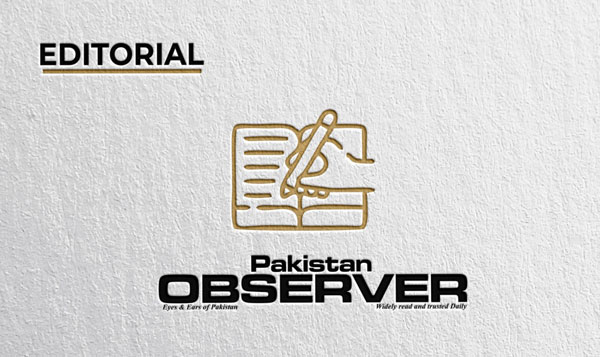THE caretaker regime has taken a crucial step by approving the policy to provide Re-gasified Liquefied Natural Gas (RLNG) to new domestic consumers and private housing societies. With local gas production plummeting to a mere 3.2 billion cubic feet per day (bcfd), it was need of the hour to diversify energy sources to meet the growing demand for gas.
The decision to extend RLNG to new consumers is a prudent move considering the stark reality of diminishing local gas reserves. With local production expected to cater to the nation’s needs for only six to seven years, it is imperative to explore alternative options to ensure a steady supply of gas to households and industries alike. RLNG presents a viable solution to bridge the gap between supply and demand. The government’s directive to recover the full RLNG cost, including transportation and distribution losses, from the dwellers of housing societies underscores the necessity for sustainable energy management. Currently, there are 3.3 million pending applications with gas companies, reflecting the magnitude of the challenge in meeting the growing demand for gas. This backlog necessitates decisive action and the approval to provide RLNG to new consumers is a significant step towards addressing this issue. However, it is crucial to acknowledge that providing RLNG alone is not a panacea. For long term energy security and its affordability, it is a must for us to pursue a comprehensive approach. The incoming government will have to concurrently give priority to improving the transmission system and reducing line losses to optimize gas utilization efficiency. Strengthening infrastructure and minimizing wastage are essential components of a sustainable energy strategy. Moreover, the escalating gas tariffs have placed a heavy burden on the common man, making it increasingly difficult for households to afford essential energy services. This situation underscores the urgency of exploring indigenous resources and seeking cost-effective import options like those from neighbouring countries such as Iran. There is an urgent requirement to expedite the progress on TAPI gas pipeline project which has experienced significant delays.










